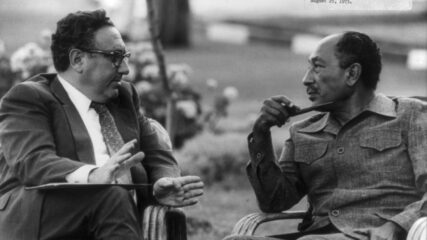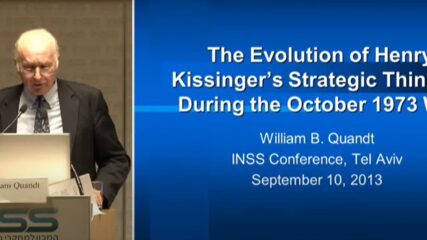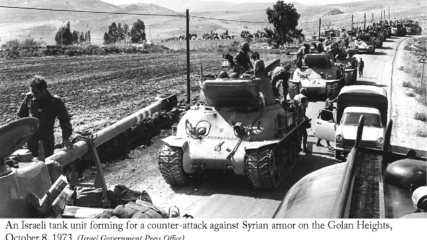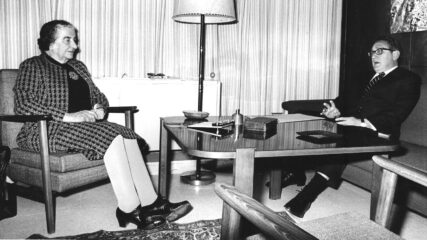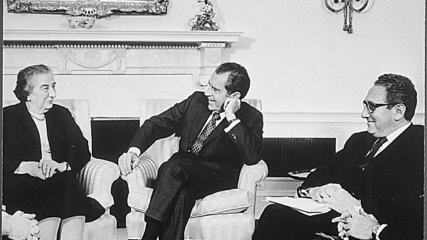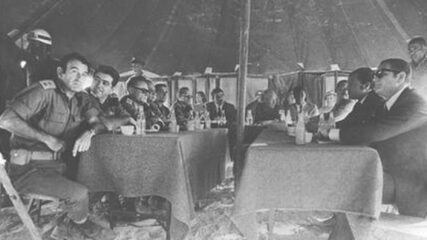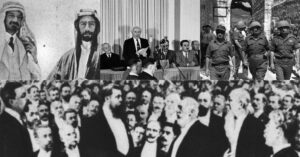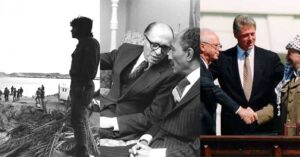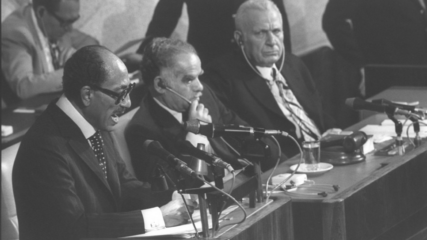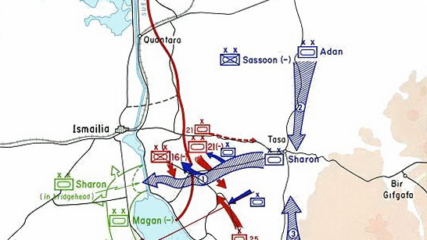As the October 1973 war came to an end, Israeli and Egyptian leaders decided that respective generals from both sides should disentangle the war’s realities. Israel was keen to have her POWs returned, and Egypt did not want to see Israel clobber the Third Army, which Israel had surrounded in the second week of the war. General Yariv, who had been head of military intelligence in earlier years, recalls in detail his cordial meetings with the Egyptian chief of staff, General Mohamad al-Gamasy. Yariv’s recollections pair almost identically to the ones given by others who participated in the talks or were on the Kissinger negotiating team at the time. These negotiations came to be known as the Kilometer 101 talks; they were the first direct Israeli-Egyptian public negotiations since the late 1940s. The talks were collusively halted by U.S. Secretary of State Henry Kissinger, as agreed upon with Golda Meir and Anwar Sadat. What followed was the December 1973 Geneva Middle East peace conference. It was a public display and intentionally a truncated meeting with no substance discussed. Kissinger sidelined the U.S.S.R., though they were co-chairs of the conference, as the U.S. choreographed the postwar diplomacy extending over the next six years into the Carter administration. The Yariv-al-Gamasy negotiations became the basis for the January 1974 Israel-Egyptian Disengagement Agreement.

